information
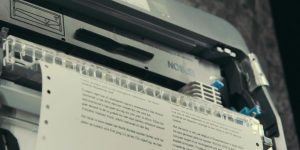
Rake - minimize your information
Tessa Aichelburg, Luis Hofmeister, Lukas Kaufmann, Paul Schreiber (AT)
In this project, every piece of information is analyzed by an algorithm and sorted according to its relevance for the average reader. The most superfluous messages are weeded out, printed out, and then shredded.
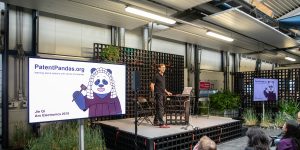
PatentPandas.org
Jie Qi (US), Carol Lin (US), May Qi (US), Ira Winder (US)
PatentPandas.org is a resource built to explain (scary!) patent law using (not-scary!) panda comics. The website has three core parts: Resources: information pages that explain the patent system (like prior art, what is patentable, infringement, etc.) using friendly language and humorous panda comics. Stories: accounts by everyday inventors who had adventures (or misadventures) involving patents and highlights what they learned from their experiences. Get Help: for innovators who are in need of legal support, we compiled a list of pro bono law clinics that offer to help innovators referred from patentpandas.org
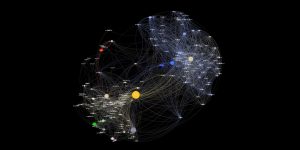
Topography of the Information Warfare
Vladan Joler (RS)
Governments, political actors and companies are now experimenting with more sophisticated ways (harder to detect and document) of exerting internet control and disturbance in the information flow. The aim of this analysis was to explore (and visualize) some of the forms and methods of interventions that various political actors or power structures have been using to control and conquer various online spheres. Here we mostly focused on hidden, indirect actions, interventions by unknown actors, companies without visible ties to government officials, political troll armies and troll lords and “artificial” entities. This map is based on a 5-year internet monitoring process and over 400 different cases of violations documented and analyzed by the Share Foundation. Though different methods represented in this map are observed in our local context, we believe that they are also being used worldwide in similar forms. This map is an attempt to interconnect most of those issues into one map, one possible narrative, one possible reading of those processes.

Screenshot TV
Stella Markidi (GR), Patricia Cadavid H. (CO)
*Screenshot TV* is an installation that invites visitors to watch a new genre of reality TV. Every few seconds, the TV shows another online screenshot, uploaded to a special website by anonymous people using a screenshot tool, so that the information can be shared by simply sending a URL. The URLs are usually sent privately, but are public and accessible to everyone. However, sometimes users upload screenshots that contain important and sensitive information and forget that the Internet is a virtual space with transparent walls.

Infinite Light Column
AROTIN & SERGHEI (AT/RO/DE/FR)
This project is reflecting our digital age, constantly creating floods of information and a confusing mass of images and automated processes of artificial intelligence.
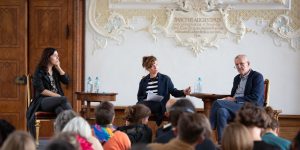
Panel III: Deep Journalism, Information and Misinformation in the age of Artificial Intelligence
Renata Schmidtkunz (DE), Walter Ötsch (AT), Marta Peirano (ES)
Which potentials and risks does the increasing automation and handling of information processes entail? Can we develop sensitive strategies for our data in digital space?
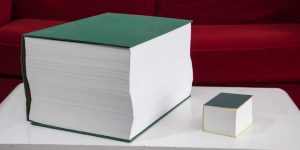
Digital Investigations #1 & #2
Valerio Vincenzo (IT)
The book, weighing about 30 kg, and composed of over 4,000 pages of binary code, is the negative of my photograph, namely its origin information: This sequence of 0 and 1 allows me to visualize the enormous amount of information produced each time I take a photograph. I cannot understand the information in this book, but for a computer the information in the book is the photo.
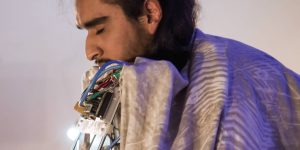
IC-Decoder
Wesley Lee Yang (BR)
For this year’s exhibitions graphic design, we not only wanted to develop attractive aesthetics but also to provide an appealing visual code that can be decoded in order to transmit information. It is with this in mind that the IC-Decoder was created: a ludic exploration of decoding potential information from visual patterns.


